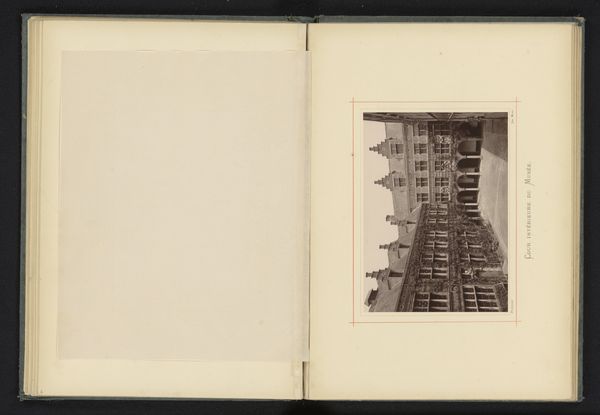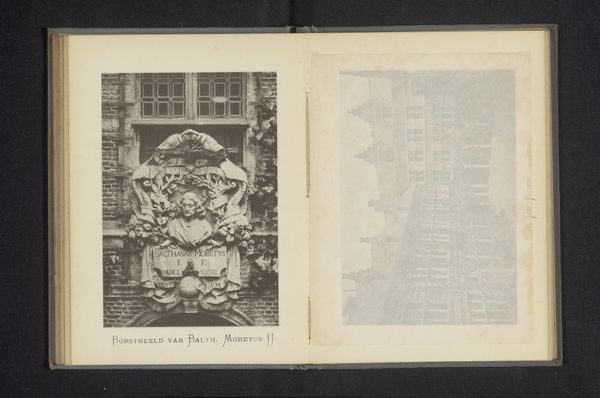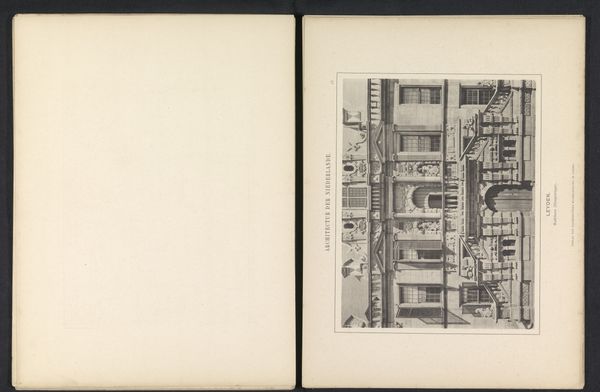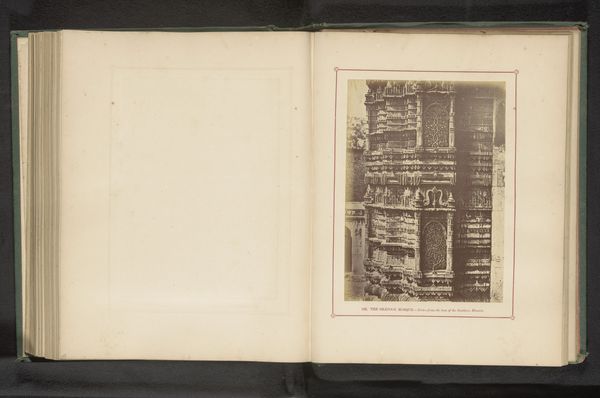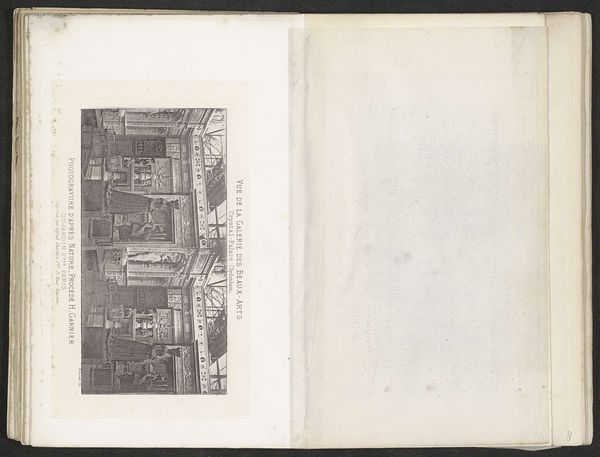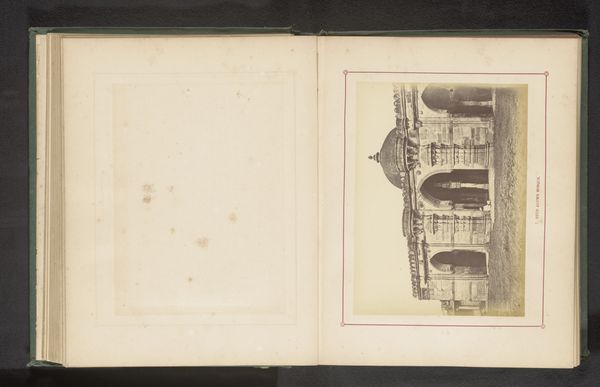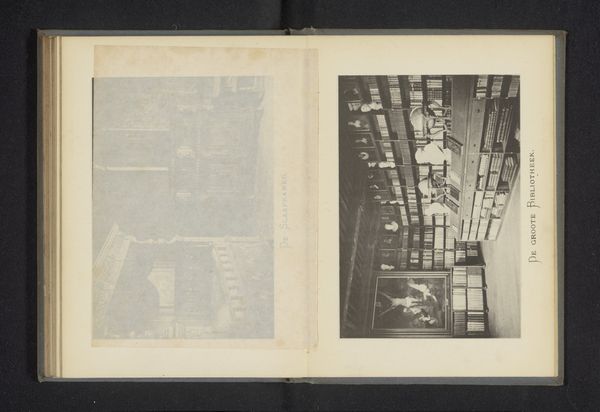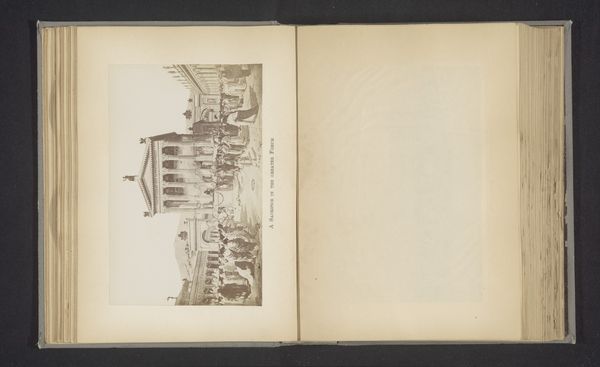
print, paper, photography
#
aged paper
#
homemade paper
#
paper non-digital material
#
paperlike
# print
#
landscape
#
white palette
#
paper texture
#
paper
#
photography
#
personal sketchbook
#
folded paper
#
cityscape
#
paper medium
#
columned text
Dimensions: height 110 mm, width 160 mm
Copyright: Rijks Museum: Open Domain
Editor: Here we have Joseph Maes's "Binnenplaats van het huis van Christoffel Plantijn," a print made before 1886. It seems to depict an architectural space, an inner courtyard, but the light is peculiar, almost ghostly. What kind of story do you think it's trying to tell? Curator: It’s more about what it reveals about the *construction* of history itself. See how the image struggles to fully materialize? How the paper seems aged, almost like a palimpsest? This isn’t just a photograph of a courtyard, but an attempt to capture, perhaps even *invent*, a certain kind of past. Who gets to decide which narratives are foregrounded? Which ones fade into the background? Editor: That’s interesting. The ghostly quality could be about what’s *not* there, what's been forgotten or erased. Curator: Exactly. Think about Christoffel Plantijn. He was a printer, a publisher. Power resided in the printing press then, controlling the flow of information and ideas. Who were his contemporaries? Who was excluded from that power, silenced by the dominant narrative? The hazy aesthetic almost critiques this selectivity. Editor: So, the medium itself is part of the message. The faded print is pointing towards the inherent biases in historical records. Curator: Precisely. And it asks us to consider what biases *we* bring when looking at these images. Whose stories are we prioritizing when we focus on the grand architecture? Where are the laborers, the marginalized? This piece invites us to interrogate power, visibility, and historical accountability. Editor: I see. It's not just a pretty courtyard, it's a challenge to think critically about who controlled the narrative and who didn't. Curator: Indeed. And how even today, images like these participate in that ongoing negotiation.
Comments
No comments
Be the first to comment and join the conversation on the ultimate creative platform.
